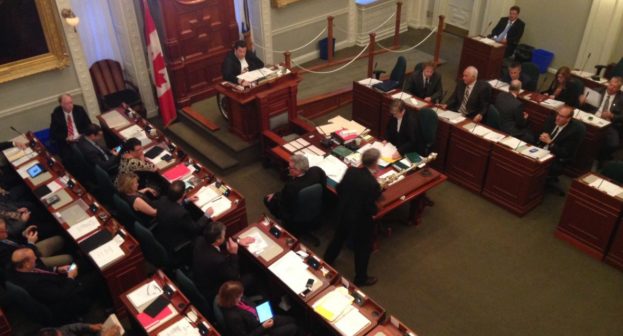The resignation of a volunteer board member or director is not an uncommon occurrence. Typically it is because the person finds themselves unable to fulfill their duties. Personal or family matters or new work commitments can unexpectedly get in the way of their continued board involvement. And, it can occur too as a result of a conflict on the board. A person is unhappy with recent happenings or decisions and is unwilling to continue serving.
It is the latter kind of situation that recently sparked some advice from me to a group. But the cause of a resignation, or preventing them, is not the focus of this post. Regardless of the reason for a board departure they need to be handled properly. This is not complicated governance territory but, much to my own surprise, I discovered that there are important considerations one should be aware of.[1]Helpful in writing this post was Mary Childs’ 2020 piece Canada: Directors of Not-for-Profits and Charities_ Resignation, Removal and Replacement published by Mondaq
References


